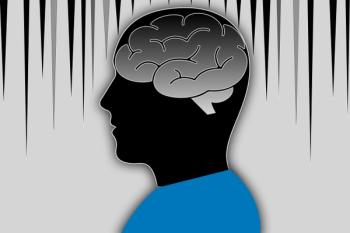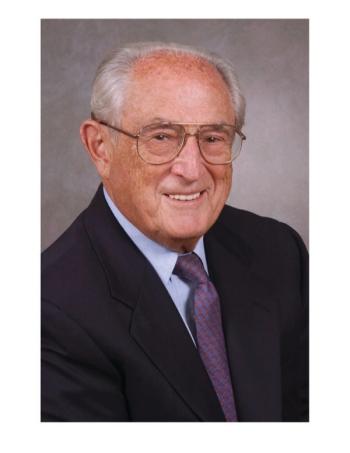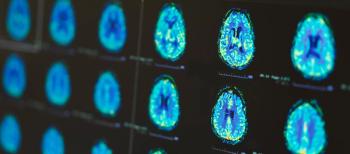
Dr Max Fink, Farewell and Thank You!
Key Takeaways
- Maximillian Fink, MD, was a renowned psychiatrist and advocate for electroconvulsive therapy, publishing extensively on the subject and founding the journal Convulsive Therapy.
- He completed residencies in neurology and psychiatry, and founded a research program on addictions at New York Medical College.
A farewell to Max Fink, MD, who passed this June. He was a pioneer in the field of electroconvulsive therapy.
IN MEMORIAM
On June 15, 2025, we lost Maximillian Fink, MD at 102 years old. Born in 1923 in Vienna, Austria to a physician father and social worker mother, the family settled in New York City the next year. By all accounts, Fink excelled academically; he obtained both a BA and MD from New York University.
Fink’s tenacity and desire for in depth knowledge of the brain led him to complete residencies in both neurology and psychiatry. Before that, he served in the military where he attended the Army School of Military Neuropsychiatry in San Antonio, Texas. He also received accreditation as a psychoanalyst after attending the William Alanson White Institute of Psychoanalysis.
Fink married Martha Pearl Gross and they had 3 children. The family premium on scholarly pursuits is notable: all of their children obtained PhDs and had careers as college professors. He had grandchildren, a brother (also a physician), as well as an active extended family. There is also a rather long list of students, residents, colleagues, and staff who enjoyed his warmth and affection. Surely, he regarded them as family as well.
Sometimes called the champion of electroconvulsive therapy (ECT), Fink was a great proponent of its utility. He published hundreds of articles and over a dozen books throughout his career. Two of his texts are considered fundamental to the field: Catatonia: A Clinician's Guide to Diagnosis and Treatment and Melancholia: The Diagnosis, Pathophysiology, and Treatment of Depressive Illness. In 2011 he received the Thomas William Salmon Award and Medal from the New York Academy of Medicine, joining the ranks of other recipients such as Adolf Meyer, Karl Menninger, John Bowlby, and Julius Axelrod.
Fink had a persistent interest in electroencephalography in its various iterations. Through quantitative analysis he was able to describe the effects of hormones, illnesses, nutrition, and many other factors on the electrical activity of the brain. Upon recognizing the paucity of empirical knowledge in addictions, he founded a research program at New York Medical College. Fink later founded the journal Convulsive Therapy in 1985, which is now called The Journal of ECT.
Through the years, Fink was a frequent contributor to Psychiatric Times. He served on the editorial board from 2002 to 2009, and in 1995 he was presented with a Lifetime Achievement Award by Psychiatric Times. Ronald Pies, MD, a previous Editor in Chief, noted: “We cannot do justice, in this short space, to the richness and depth of Dr Fink’s contributions to psychiatry.”
Indeed, it is difficult even with unlimited space to elucidate and enumerate all of Dr Maximillian Fink’s contributions to medical science. One runs the risk of losing his humanity in the midst of an exhaustive catalog of accomplishments. Through it all there is a passion for learning and sharing knowledge in the service of the infirm. I can only express my sincerest gratitude to him and deepest condolences to his family. We are better because Dr Fink lived amongst us.
Share your memories and anecdotes about Dr Fink to PTEditor@mmhgroup.com to be considered as part of a larger tribute.
Dr Capote is medical director of the Division of Neuropsychiatry at Dent Neurologic Institute in Amherst, New York, and medical director of addiction services at BryLin Hospital in Buffalo, New York. He is also the Neuropsychiatry Section Editor for Psychiatric Times.
Newsletter
Receive trusted psychiatric news, expert analysis, and clinical insights — subscribe today to support your practice and your patients.




